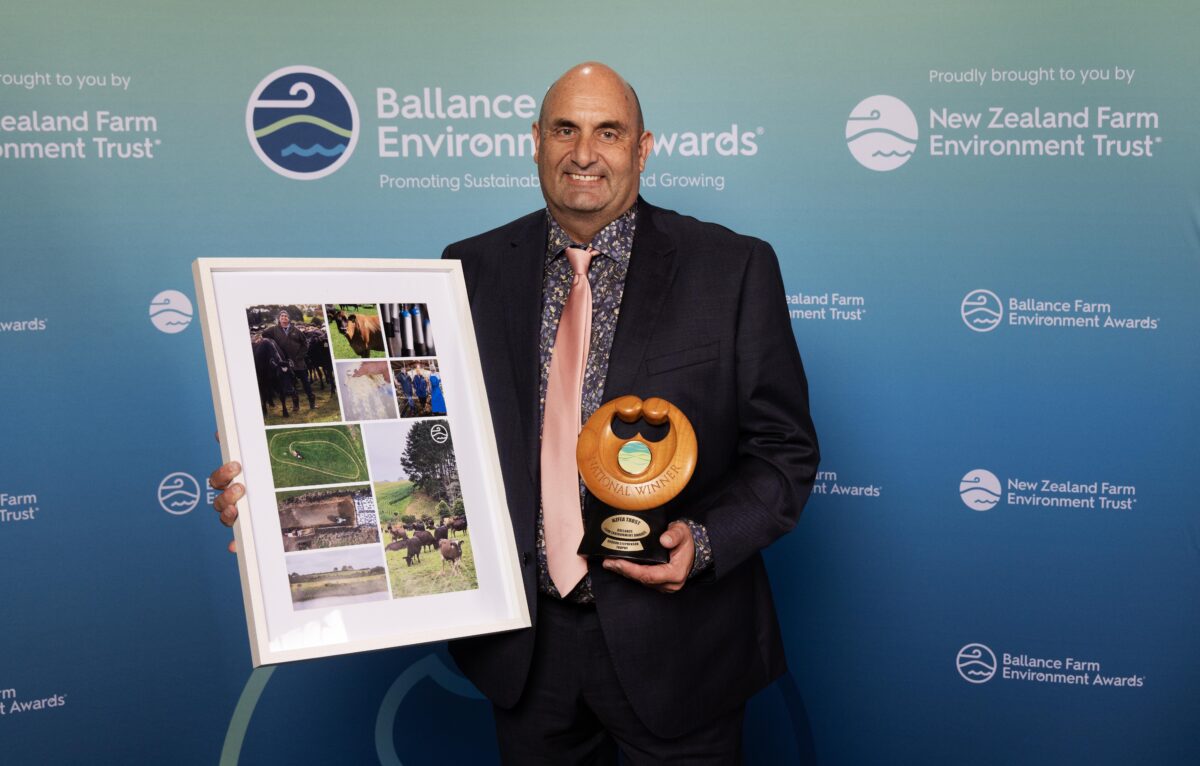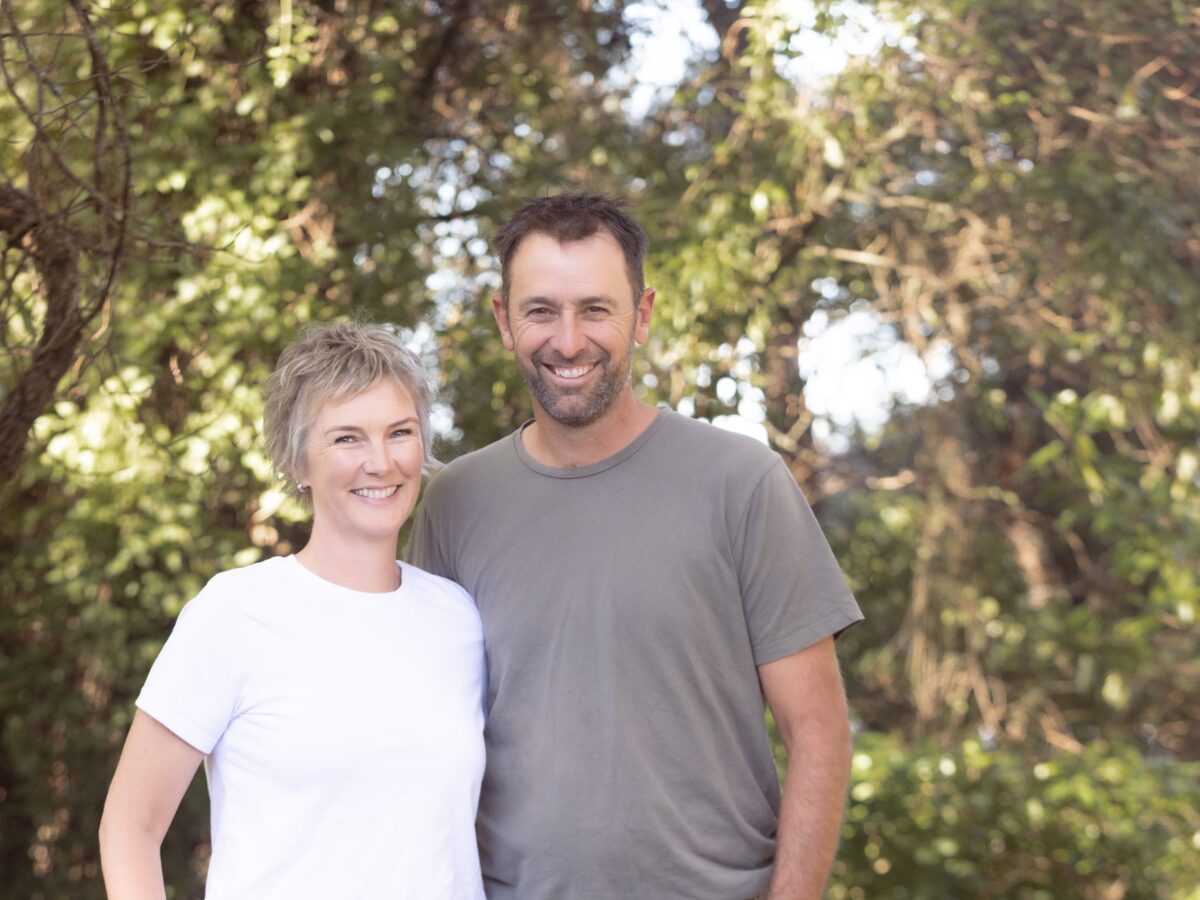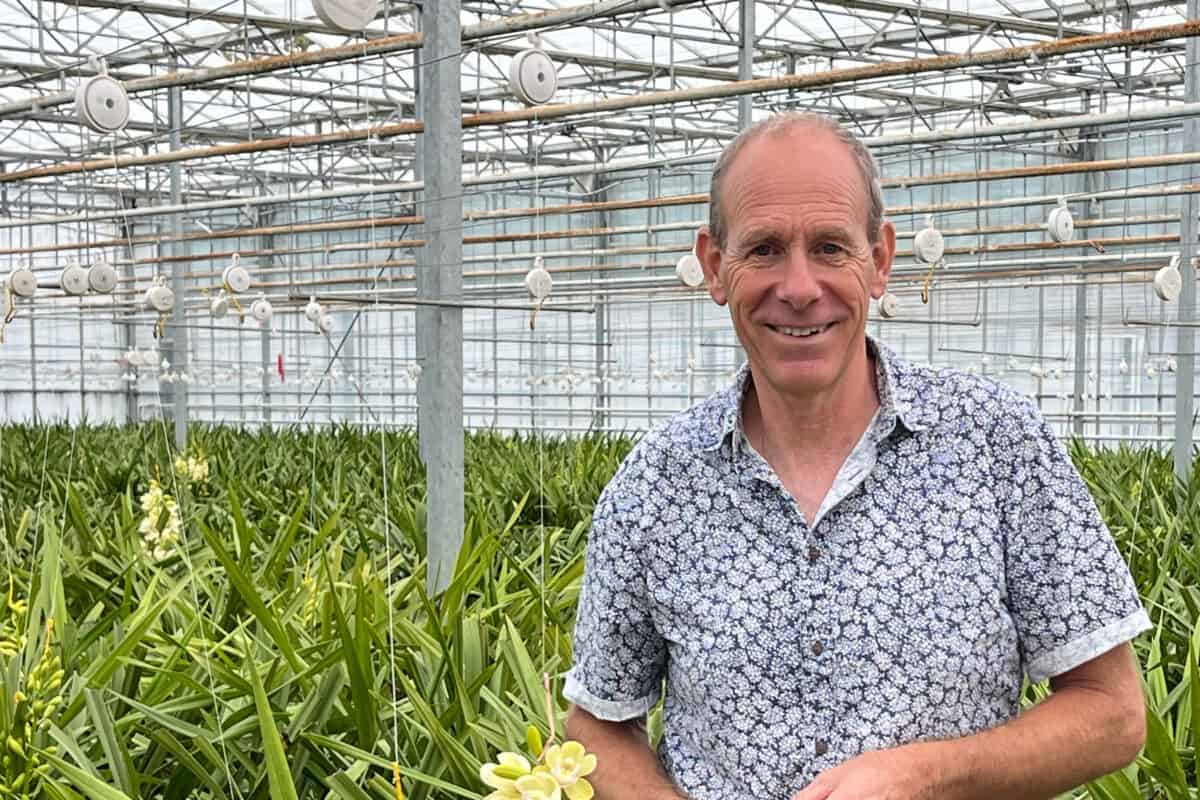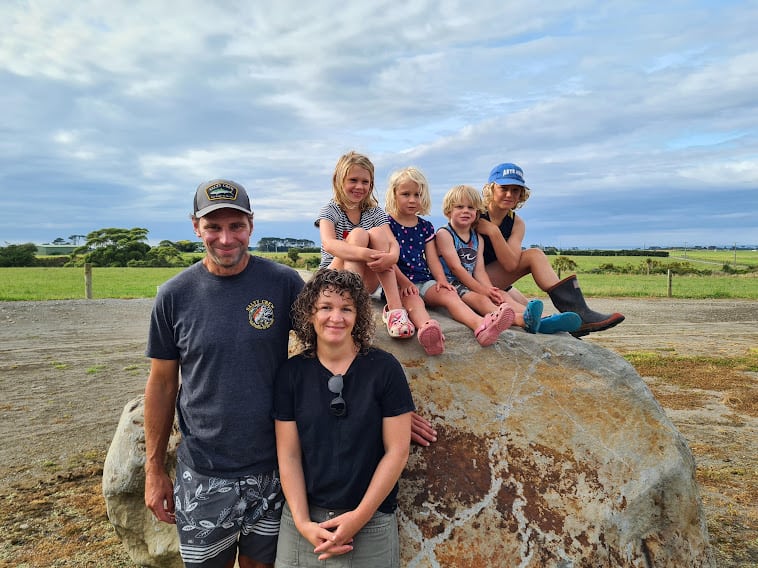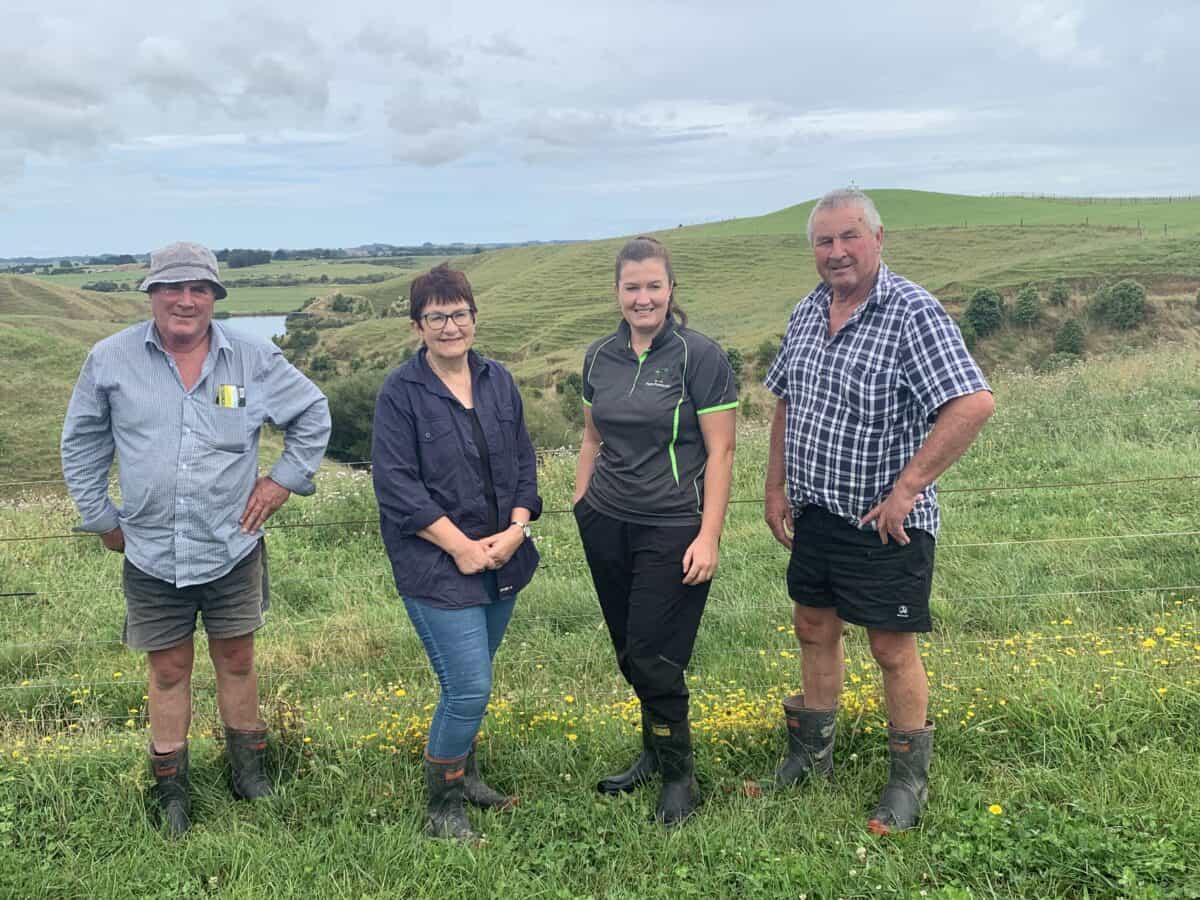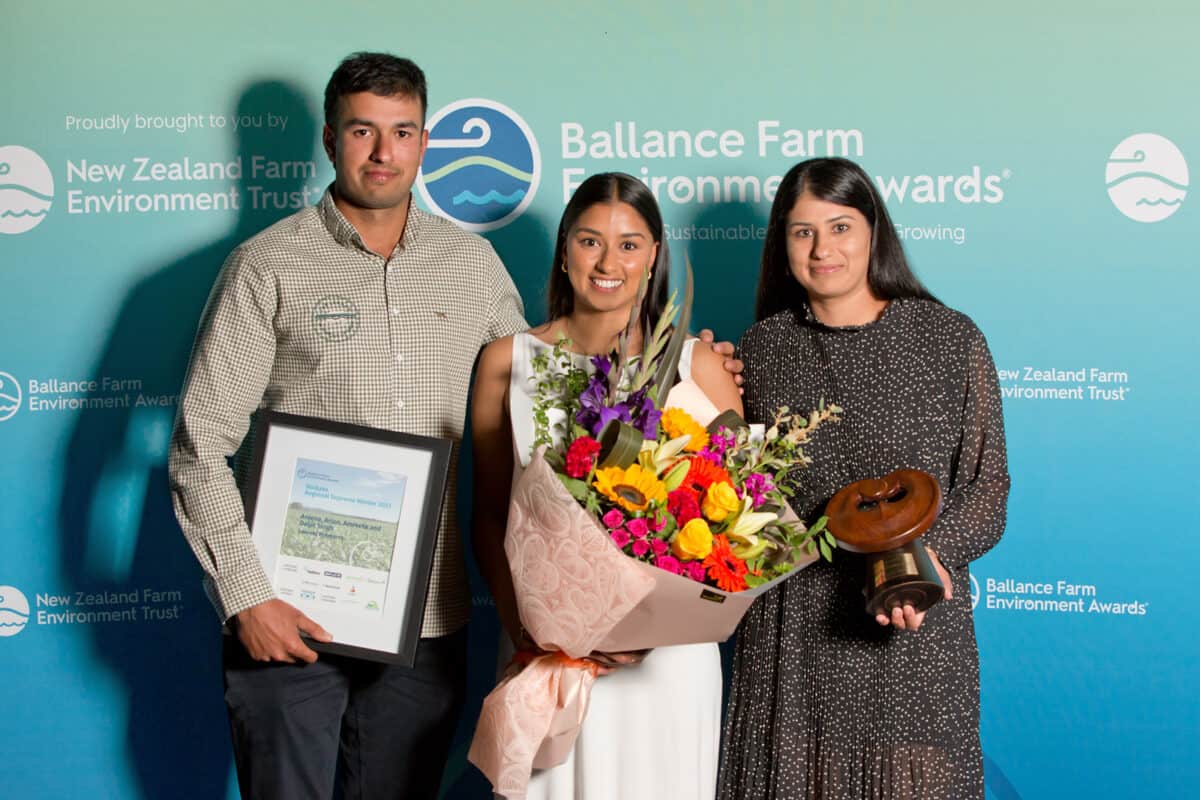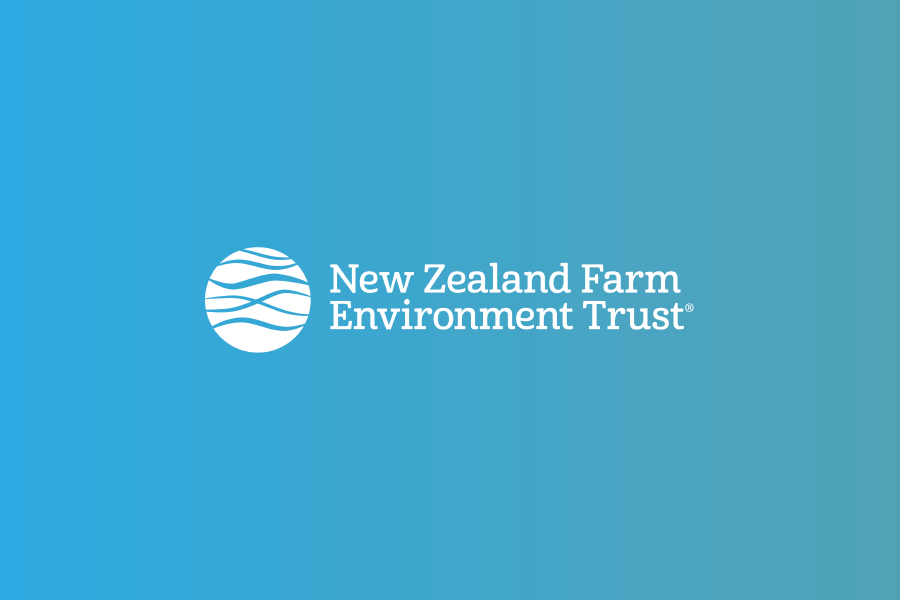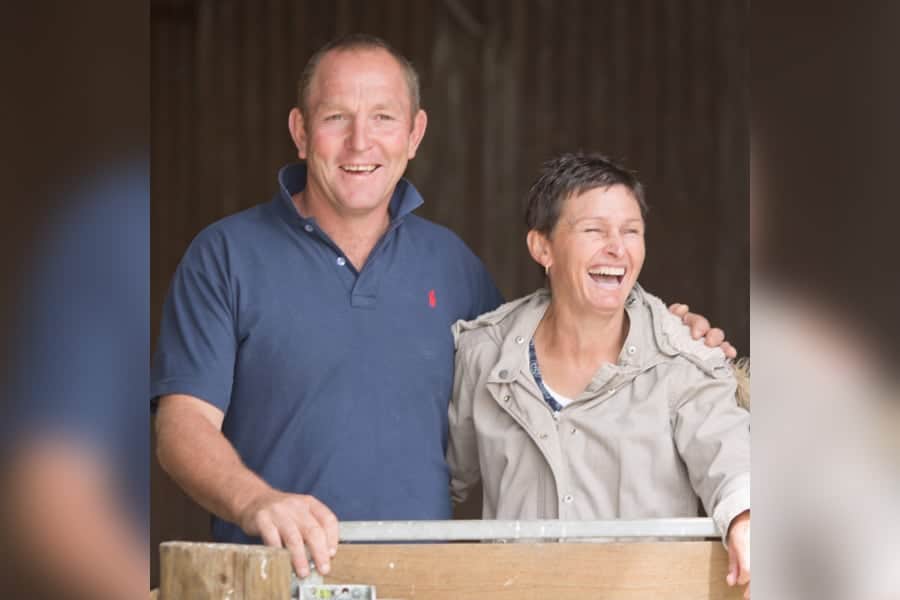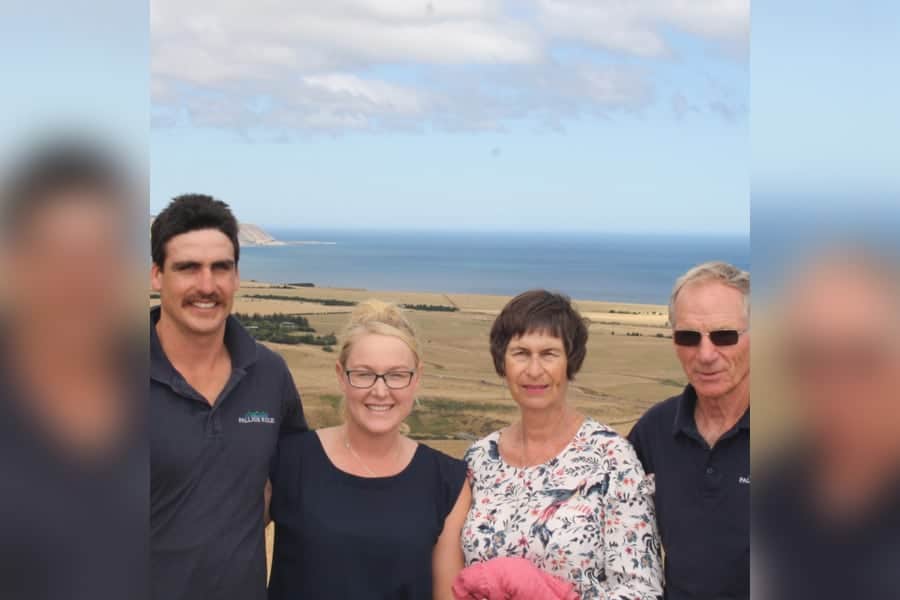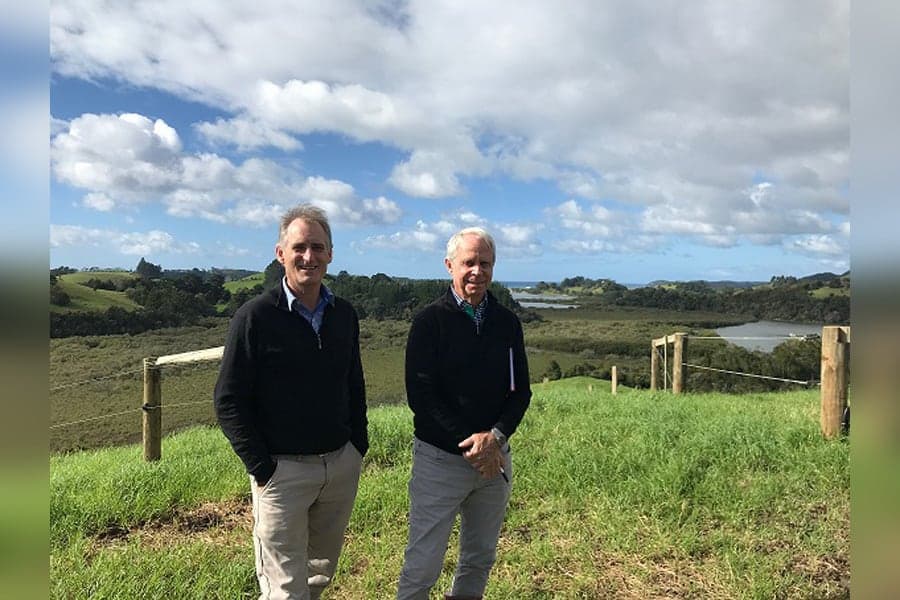The New Zealand Farm Environment Trust (NZFET) is delighted to announce the Otago and Southland Ballance Farm Environment Awards (BFEA) entrants for 2022.
“We are thrilled to have received a range of excellent entries from across the country for this year’s awards,” said NZFET Chair, Joanne van Polanen. “It shows that despite all of the disruptions to business and life in general, farmers and growers across New Zealand are committed to environmentally sustainable practices. We are thrilled to be able to recognise and share their stories.”
To ensure the safety of staff, entrants and judges, the regional awards events, due to start in March, have been postponed until June and July 2022. “We are determined to run in-person functions to celebrate the entrants, but will do this when it can be done more safely,” said van Polanen.
The entrants from the Otago region include farmers across sheep and beef, egg production and timber.
Victor and Amy Blaikie
Ben Annand – Sheep, Beef and Wool
Amy and Victor are now at the helm of this property that has been farmed by Victor’s family since 1960. Sheep and beef are grazed across about two-thirds of Ben Annand, with the rest in native bush and exotic trees.
In 2021, just over 7,500 stock units were run with 80% of income from sheep, with the remainder from cattle.
Paddocks are planted with a mix of red and white clover, cocksfoot and ryegrasses, while four hill blocks have native tussock and cocksfoot, over-sown with clover.
Production has lifted, due to enhancing lower producing blocks and using a flexible stock policy that is adapted to the climate and external market conditions.
Gorse control, significant planting, fencing and pest management has resulted in a landscape with rich biodiversity.
Brent, Tim and Anna Craig
Bowalley Free Range – Egg Production
The third-generation family behind this free range chicken farm takes a sustainable, circular approach to egg production.
The business has a 420ha arable farm that grows wheat and barley to feed the hens. Egg sales make up about 95% of their income, with the balance coming from selling grain when they have more than the chickens need.
Minimising waste and creating efficiencies in their circular system is important for sustainability with chicken manure applied to the arable land, proving a natural base fertiliser, while solar panels power the hen houses.
Technology is used for flock management with updates throughout the day on such things as average temperature, and the consumption of feed and water. Sheep graze cereal re-growth on the arable farm to reduce the need for cultivation and sprays.
Amanda and Adrian Currie
Tinwald Farm – Sheep, Beef and Viticulture
The Currie’s purchased Tinwald Farm in 2012, immediately investing in irrigation, fencing and infrastructure for the beef finishing and sheep grazing farm. In 2015, they planted two vineyards across 20ha.
After being hit hard by mycoplasma bovis in 2018, they pivoted to create a more diverse operation centred around protecting soil health.
They run 200 cattle and lamb 3,000 ewes and have invested in a milking shed and cheesery, with around 100 ewes will be milked for cheese production this season. In addition, they sell the eggs of 100 free range chickens and are trialling a small pig operation. The vineyards produce Pinot Noir grapes for supply, although they’re starting to make their own wine.
A science-led approach is used to improve soil ecology and performance. All new buildings have solar panels, effluent is combined with humic acid and sprayed on crops, and the waste product of cheesemaking – whey – will supplement feed for pigs.
Byron Vollweiler and Amanda Snow
Berriedale Ltd – Lamb, Timber and Carbon
The Vollweiler family has owned Berriedale Farm since 1953, during which time it has more than doubled in size to 1,100ha. Today, under the guidance of Byron Vollweiler and Amanda Snow, sheep graze across 800ha, while 200ha is planted in productive trees and a further 100ha is regenerating native bush and wetland.
They run a high-performance Romney flock and derive 80% of income from the lambs, while the balance comes from forestry.
Tree planting has been carefully matched to soil type to ensure they’re getting the best from the land. As well as forestry production, the trees generate social and economic value through carbon sequestration. They also provide stock shelter, enhance biodiversity, improve water quality and reduce erosion.
Soil conservation and management is a strong focus at Berrievale which is progressively moving toward a no-till approach, while planting sensitive, erosion-prone areas in ornamental and productive forestry.
The Ballance Farm Environment Awards function for the Otago region is now on 10 June 2022.
The entrants from the Southland region include farmers across dairy, sheep and beef and deer.
Leon and Wendy Black
Blackdale Stud – Sheep farming
The Blacks have worked this land for almost 100 years, with Leon and Wendy now at the helm of one of the biggest family-run NZ stud sheep operations, grazing more than 5,000 animals on 370ha.
Blackdale Stud aims to produce the best sheep genetics in the country, attracting many visitors from around the world. Biosecurity is a major focus, running a closed flock, bringing in just a few sires every year, plus using AI.
Animal welfare is crucial with wide shelterbelts, and plenty of shade trees and water in every paddock. Two wintering sheds are used to feed and protect stock and pasture from the winter elements.
A data-led approach to management is used. Data collected includes testing sire groups for methane emissions, and continuously measuring nutrient loss.
Water quality improvements include water monitoring across the all-grass system, fencing off of waterways and the development of a wetland that is a nutrient trap and wonderful for birdlife.
John & Liz Chittock
The Salvation Army Jeff Farm – Sheep, Beef and Deer
Almost 70 years ago the late Edmund Jeff gifted his farm to the Salvation Army along with a vision of it being used to teach young people how to farm.
Under the guidance of John and Liz Chittock and their staff, up to five cadets at a time learn farm skills and contribute to Jeff Farm’s profitability and sustainability. They run about 17,000 sheep, contributing about 70% of the farm’s income. There are also 1,100 cattle and 1,300 deer.
Over the past 20 years, there’s been a focus on stock performance and environmental improvements with increasing profitability enabling the Salvation Army to spend more money on the farm’s many sustainability initiatives, and youth programmes.
Planting has resulted in thriving native areas, along with plenty of shelterbelts for stock protection. More planting is planned, particularly around fenced off waterways. Sediment catchment ponds have been developed as well as new reserves.
Hamish and Chantal McClean
Burwood Station – Sheep and Beef
Hamish and Chantal run a total of 28,000 stock units across Burwood Station. They get 75% of their income from sheep, about 20% from beef and the remainder from the 70,000kg of wool they produce each year. They finish all their beef and up to 80% of lambs.
The couple has grown the property over time, gradually adding two more blocks since coming to the station in 2005. The property is well maintained and is gorse and broom free.
Animal health is a top priority and the McCleans have a number of strategies to keep the stock in good condition, including feeding their ewes silage and grain at mating time, while maintaining production and growing less winter crops.
Soil and pastures are carefully managed to ensure they produce the best possible food for the animals. Many waterways have been fenced off and paddocks have been subdivided to improve management.
Matt and Kate McLaren
Camp-Hill Farming – Sheep and Dairy Support
Matt and Kate McLaren established Camp-Hill Farming in 2016 on the property bought by Matt’s great-great-grandfather in 1870.
The McLarens last season mated 3,600 ewes and 1,000 hoggets, plus grazed 280 dairy heifers and finished trading cattle and lambs. The business gets about 75% of its income from sheep and about 20% from heifer grazing, with the balance split between such things as wool, rental and beef. They have been consistently lambing at about 150%.
An extensive fencing programme has subdivided paddocks and protected waterways and native riparian borders have been planted along creeks, plus a large area fronting the Mimihau river has been transformed with native plantings – creating a haven for wildlife and recreation.
A strong focus on basic pasture and nutrient management has resulted in improved pasture growth and animal health, plus boosted crop yields. A portable bridge that helps connect two of the properties, protecting both stock and waterways.
Alan & Jennifer Taylor
Oakridge Farm – Sheep, Beef and Arable
Jennifer and Alan Taylor have been at Oakridge Farm since 1972, with their children and grandchildren becoming an integral part of its operation as they have grown up.
Animals at the Mataura property are kept in top condition, thanks to careful stock management. The Taylors run 2,400 Romney ewes with 600 replacements across the 380ha Gore property, along with 50 weaner cattle and 80ha of cereal crops.
Knowledge of soil types is used to guide the rotation of crops and grass across the tidy farm. Livestock is grazed on 300ha, while 50ha is planted in oats for food production and a further 30ha grows barley for stock feed and seed.
Environmental sustainability is important to the family and they have a strong focus on water management, along with the creation and protection of biodiversity on the property. Recycling waste and looking after the family’s health and safety are also priorities.
Ben Worker & Jaime McCrostie
Eastbourne Dairy Farm – Dairy
Eastbourne Dairy Farm has a 164ha milking platform, along with 70ha of runoff and is under the guidance of sharemilkers Ben Worker and Jaime McCrostie who treat it like it’s their own.
Over eight years, much time and effort has been focused on improving the farms presentation and functionality has resulted in a tidy, well-organised farm that is achieving good production results.
They milk 470 cows that produce an average of more than 230,000kg of milk solids each year. By enhancing the quality of pasture, the team is also boosting the health of the herd – an aspect that is a continual focus.
Moving away from winter cropping they have started on a drainage and re-grassing plan across Eastbourne and are also creating buffers along waterways through riparian planting.
The health and safety of staff is another priority, with their management including good training and support.
Stu and Brooke Cameron
Valley View – Dairy
This property has been transformed from a conservative sheep and beef farm into a high-performing, sustainable, fully self-contained dairy operation.
Valley View now milks just over 1,600 cows across a 530ha milking platform, while 100ha is in crops and 275ha is used for runoff.
The Camerons use technologies such as soil moisture probes, mastitis detectors and heat detection tags, resulting in efficiency gains and easier management of such things as animal health and reproductive performance. Staff wellbeing, animal health and environmental management are all carefully monitored.
Effluent is well managed, with a tailored system that fits the environment and uses nutrients efficiently. Biosecurity initiatives include the double fencing of boundaries and meticulous closed herd management.
Riparian buffer zones have been established around waterways, protecting a significant wetland area. The large buffer zones were created as part of the conversion, enhancing biodiversity while ensuring the farm meets regulatory requirements.
Kevin Hall
Hollyvale Farms – Dairy Grazing and Beef Fattening
Hollyvale Farms winters almost 1,000 cows, plus has 270 heifer grazers and fattens 80 beef cattle. Investment has been made in tunnel houses for about 700 cows, complete with sawdust bedding and silage feeding facilities. For the heifers being wintered on grass, baleage grazing is carefully managed so soil is protected and the cows enjoy pleasant conditions.
Paddocks have been re-grassed, and the water supply improved. Waterways have been fenced off, natives planted, and retainment bunds installed. In 1982, one of the country’s first QEII National Trust covenants was created across about 60ha of the property.
Effluent is collected and stored, and liquid effluent is analysed for nutrient content and used to replace nutrients removed by silage harvest. When ground conditions are suitable, effluent is applied meticulously to ensure soil retains the nutrients.
Greenhouse gas emissions are monitored to ensure they meet industry reporting targets now and into the future.
The Ballance Farm Environment Awards function for the Southland region is now on 9 June 2022.
ENDS




